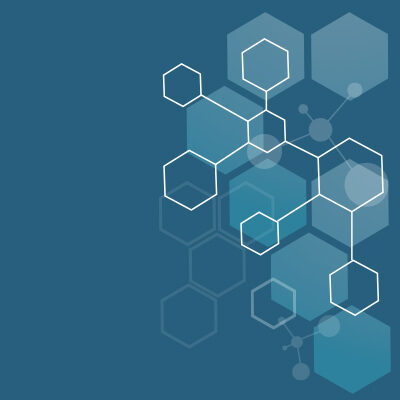Documentation
Data Sources in Pharmacovigilance
Pharmacovigilance is the science and activities related to the detection, assessment, understanding, and prevention of adverse effects or any other drug-related problems. Data sources play a vital role in pharmacovigilance activities as they provide the raw material for safety monitoring and signal detection.
Some of the key data sources used in pharmacovigilance include:
- Spontaneous reporting system (SRS): An SRS is a database of individual case safety reports (ICSRs) that are submitted voluntarily by healthcare professionals, patients, and pharmaceutical companies. The reports describe adverse drug reactions (ADRs) and are used for signal detection, safety monitoring, and risk assessment.
- Electronic health records (EHRs): EHRs are digital records of patient health information that are maintained by healthcare providers. EHRs can be used to identify potential safety issues and can provide information on patient demographics, drug use, and medical history.
- Clinical trials: Clinical trials are used to test the safety and efficacy of new drugs before they are approved for use. Adverse events are monitored closely during the trial and the data is used for risk assessment and safety monitoring.
- Disease registries: Disease registries are databases that contain information about individuals with a specific disease or condition. Registries can be used to monitor safety issues and identify potential safety signals in patients with specific medical conditions.
- Social media and other online sources: Social media and other online sources can provide real-time information on drug safety issues and can be used to detect safety signals that may not be captured by other data sources.
- Medical literature: Medical literature, including case reports, case series, and observational studies, can provide valuable information on drug safety issues.
In pharmacovigilance, it is important to use multiple data sources and to integrate data from different sources to get a comprehensive picture of drug safety. Using a range of data sources also helps to identify potential safety issues that may not be apparent from a single source.
You may be interested in the programs below:
-
 eLearning + software
eLearning + softwareOracle Argus Safety Essentials
$599.00 -
 eLearning + software
eLearning + softwareOracle Argus Safety Essentials + Console
$799.00 -
 Live Online
Live OnlineOracle Argus Safety – Live Online
$999.00 -
 Live Online
Live OnlineOracle Argus Safety + Console – Live Online
$999.00 -
 eLearning + software
eLearning + softwareOracle Empirica Signal
$599.00 -
 Live Online
Live OnlineOracle Empirica Signal – Live Online
$999.00 -
 eLearning + software
eLearning + softwareDiploma in Pharmacovigilance
$799.00 -
 eLearning + software
eLearning + softwareArgus Safety – Business Configuration and Administration
$599.00
